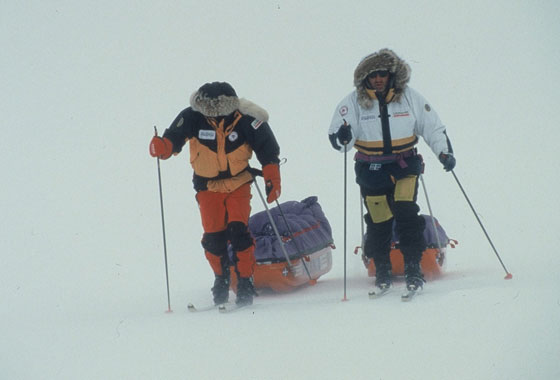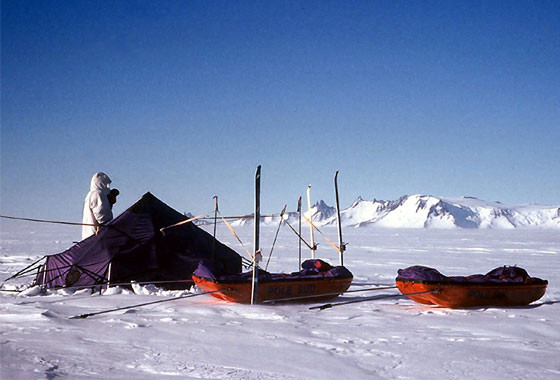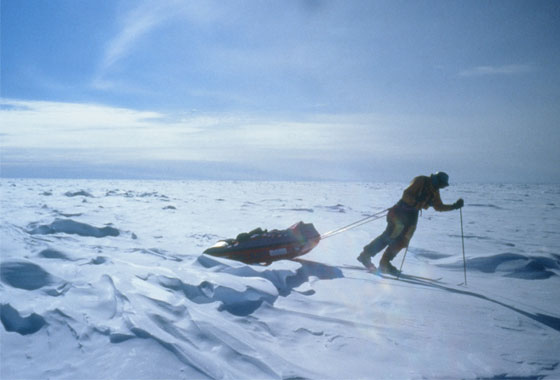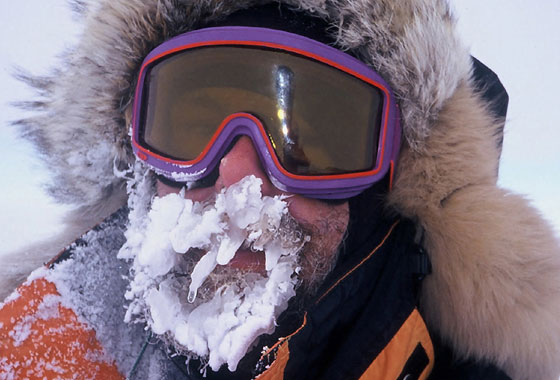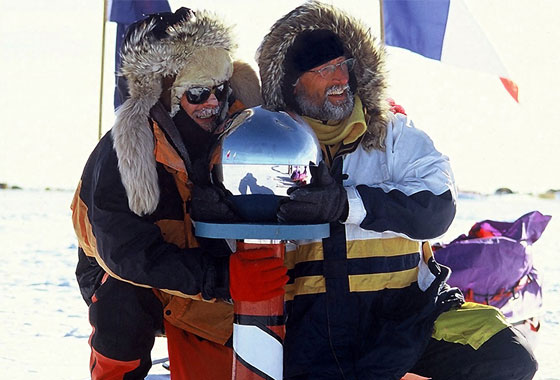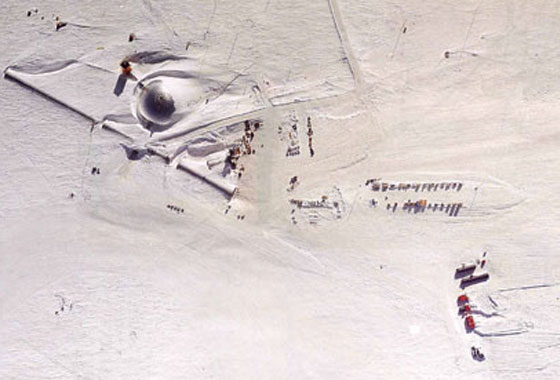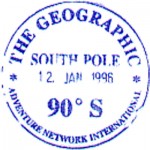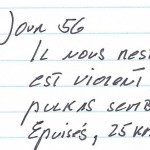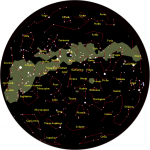The most difficult, the longest and the most demanding of my expeditions. Antarctica is a true paradise for anyone who loves the cold, ice and snow. The last continent to be discovered, the first one to be protected, and the most inaccessible place on our planet. With its perfectly pure air and its endless horizons, Antarctica is truly larger than Nature.
Expedition
Two Quebeckers, Bernard Voyer and Thierry Petry, skied to the South Pole all by themselves, with no outside assistance. It was a real exploit: 1,500km of wind and cold, across the Antarctic, our planet’s greatest desert of ice. Fewer people have reached the South Pole with no outside assistance than astronauts have walked on the moon!
Facts and figures
-
2 skiers: Bernard Voyer and Thierry Pétry - 1,500 kilometers travelled.
- Departed: November 9, 1995 at an altitude of 250 meters.
- Skied an average of 10 to 11 hours a day.
- The expedition lasted 65 days.
- 6,500 calories per day, consisting of 50% lipids.
- 2 pulkas each weighing 170kg.
- Shortest stage: 3.3km, longest stage 33.3km.
- They climbed the Frost Spur glacier 11 times to carry all their gear up.
- At Christmas, they were at 86°00’95’’S 52°01’75’’W.
- On New Year’s Day they were at 87°05’04’’S 52°00’83’’W.
- They arrived at the South Pole on January 12, 1996. Altitude of the South Pole: 2,835m.
- Bernard and Thierry are the 9th and 10th people in the world to reach the South Pole unassisted.


